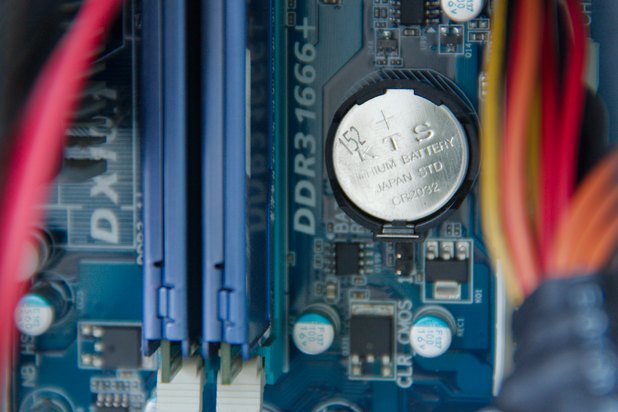How to Take Apart an HP Laptop
Taking apart a HP laptop is sometimes necessary in order to keep the laptop in running condition. Whether it’s to clean out dust and debris or replace a part, dismantling a laptop is relatively simple.

Taking apart a HP laptop is sometimes necessary in order to keep the laptop in running condition. Whether it’s to clean out dust and debris or replace a part, dismantling a laptop is relatively simple.

Instructions
How to Take Apart a HP Laptop
- 1Turn laptop off. Unplug the power cord.
- 2Turn the laptop over so the bottom is up and the rear panel is facing you.
- 3Pop open the battery cover by sliding the release switch to the right. Lift the battery out of the laptop.
- 4Unscrew and remove the two screws holding the hard drive cover into place. Remove the hard drive by lifting it out of the laptop using the notch at the top of the cover. Keep the hard drive and the cover in one piece unless you are replacing the hard drive.
- 5Unscrew all of the screws found on the rear panel.
- 6Turn the laptop right side up and open the top.
- 7Slide the four keyboard release switched towards you. They are located above the keyboard. (On some models the keyboard release switches or screws are under a screen or cover; use your flathead screwdriver to pop this off to access the switches and release the keyboard.) Lift the top edge of the keyboard and flip it towards you so that the keyboard rests upside down over the mouse pad. Press down on the button in front of the keyboard cable to release the cable. Remove the keyboard from the laptop.
- 8Unscrew the wireless antenna receivers which are located between the laptop screen and laptop base.
- 9Unplug the DVI cable.
- 10Unscrew the screws holding the cover to the laptop base. Remove the laptop cover.
- 1
Tips & Warnings
- These instructions were created using an older HP Pavilion, however the basic principles apply to any Hp laptop. HP laptops vary in design so screws, latches and parts may be found in different places. If in doubt about where something is, check out the laptop’s manual. HP manuals can be found online, simply search using your laptop’s make and model.
- If you take your HP laptop apart, your laptop will no longer be covered by the manufacturer’s warranty! If your laptop is still covered by Hewlett Packard’s warranty, take it to an authorized dealer for repairs.
- When opening a laptop, always remove the battery and the hard drive first. The battery can still cause electrical shock even if the laptop is turned off. The hard drive is easily damaged and should be removed to protect precious data.












